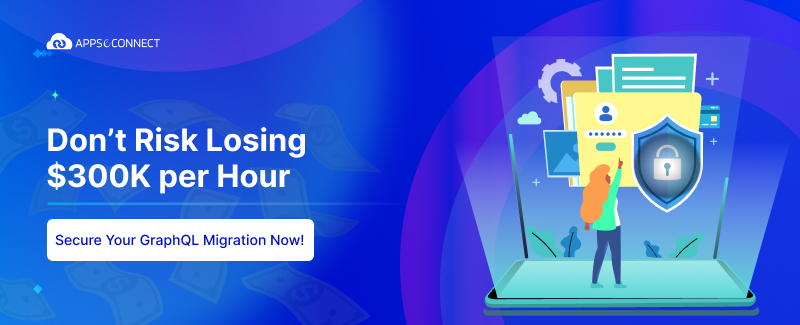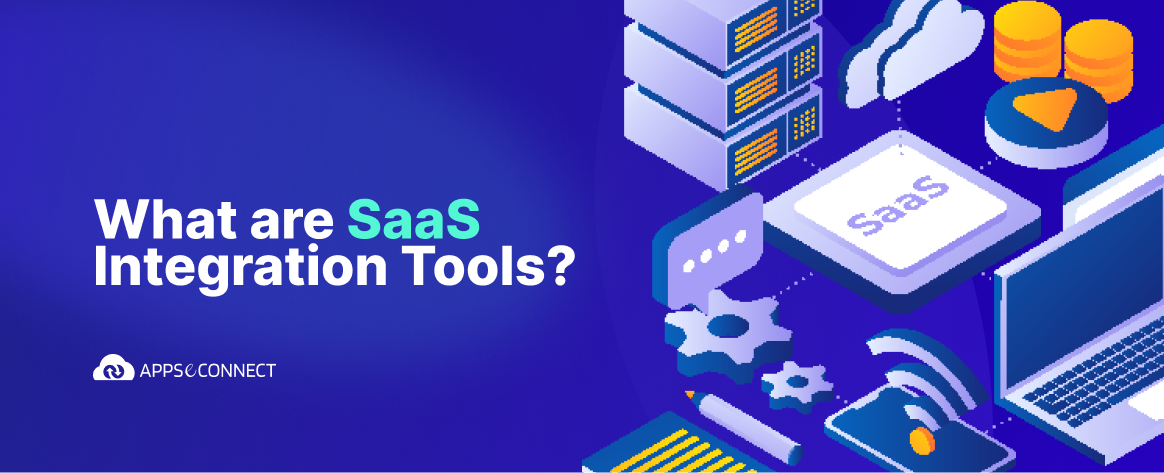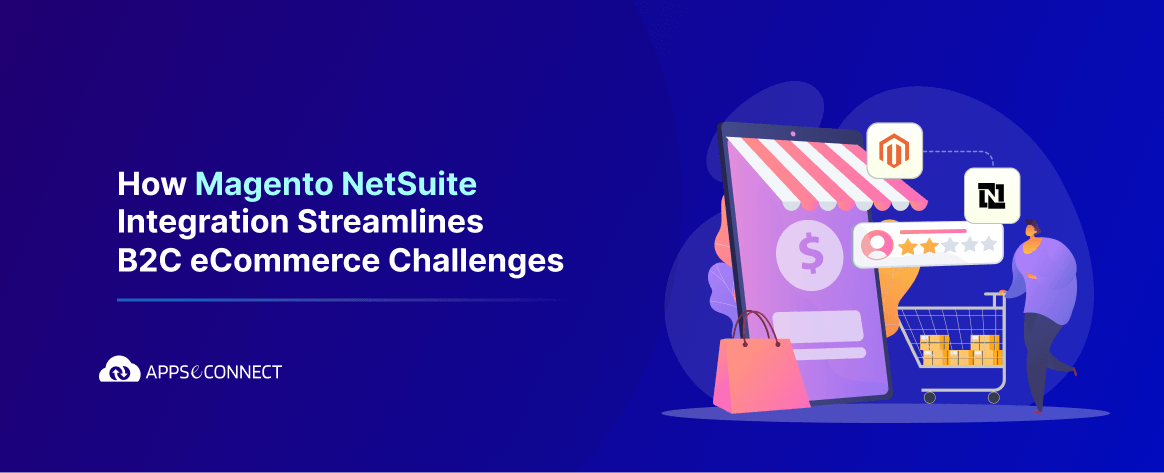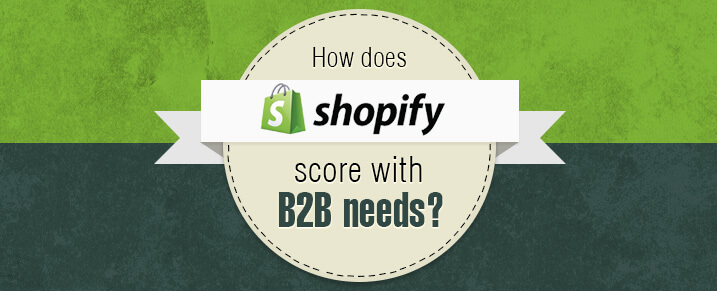
Shopify is an extremely popular hosted eCommerce solution. Many people don’t know that this platform can also cater to their B2B needs as well. If you are into B2B business, then this article will surely amaze you. Lets check out how Shopify can cater to the B2B needs.
I recently came across a customer who was looking for a simple B2B eCommerce store, integrated with their SAP Business One. He decided to move forward with Shopify and shared with me the name of an application.
So, I started exploring the app and was amazed to find that it can wonderfully meet your requirements of a B2B store, if you want a simple solution.
The app I am talking about is “Customer Pricing – Membership & Wholesale Pricing App“ by BoldApps.
This app allows you to incorporate three most important B2B features to Shopify.
• Create customer groups in Shopify.
• Maintain separate prices of a product for different groups.
• Maintain visibility of products to specific customer groups.
Let us discuss these features in detail.
Create customer groups in Shopify
This app allows you to create and maintain different tags. You can define the tags as ‘dealer’, ‘retailer’ etc. and associate each customer with a tag. So you get to create separate groups of customers in Shopify.
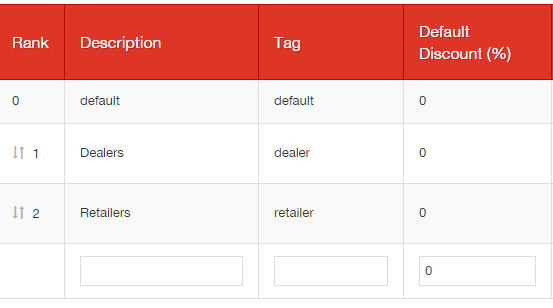
Maintain separate prices of a product for different groups
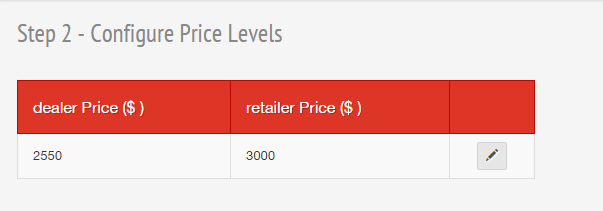
It allows you to set separate prices for a particular product for the different customer groups. Customers are identified as part of different groups, based on their associated tags.
Now, after setting the separate prices I found out that it basically created variants of the product with different prices for the different groups/tags.
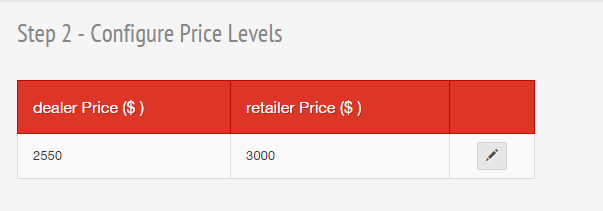
Now if a customer associated with the tag ‘dealer’, logs into the Shopify store, then he is supposed to see the price as 2550 USD; whereas a customer associated with the tag ‘retailer’ is supposed to see the price as 3000 USD.
But this is not going to work properly and show the prices accordingly at the front end, based on the appropriate dealer/retailer logged in, until the liquid update is done. It is a minor modification that requires to be done to the theme of the store to display the customer pricing to the appropriate customers. It has to be done before creating separate prices of the products. Now, either you can do it on your own or get it done by the app developer for which they charge a nominal 40 USD.
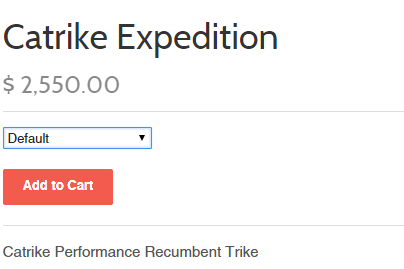
Without the liquid update, it just shows the prices for all groups/tags in a drop-down list.
But there is a limitation:
Shopify has a 100 variant limit per product.
The app creates variants of the product for different prices for the different groups/tags. So for example, if you have a product that has two feature options (color and size) with 7 variants of color and 2 variants of size – that’s a 14 variant combination in total.
| Small > Red | Small > Black | Small > Blue | Small > Green | Small > Yellow | Small > Purple | Small > Brown |
| Medium > Red | Medium > Black | Medium > Blue | Medium > Green | Medium > Yellow | Medium > Purple | Medium > Brown |
So if you create a “dealer” price group that will double them all, you’ll have 28.
Just keep in mind that you CAN’T go over 100.
Maintain visibility of products to specific customer groups

To make some products not visible to a customer group, you just have to add the tag – “customer group tag-HIDE” to the particular product. For example if you want to make a product, not visible to general customers who are not associated with any customer group, say ‘dealer/wholesaler’, you have to add this tag to the product – “default-HIDE”.
For this as well the liquid update is necessary
Now to make a B2B model more efficient, the ecommerce store has to be integrated with the back-end office ERP systems. Some of the benefits of such integration could be :
• Easy creation of the separate customer groups in the Shopify store from the back office system.
• Listing the items in Shopify with all the variants with the separate costs for the customer groups.
• Automatic download of orders placed by the members of the separate customer groups to back office.
• In case of delivery process being executed from Shopify through apps like Shiprobot, delivery documents can be automatically created in the back office with tracking ids.
Check out how APPSeCONNECT can you help you have an integrated B2B eCommerce experience.
You may also like:
How to Manage Discounts from Shopify to SAP Business One
Lightspeed POS Integration with Shopify eCommerce store
Why You Should Choose Shopify Plus



